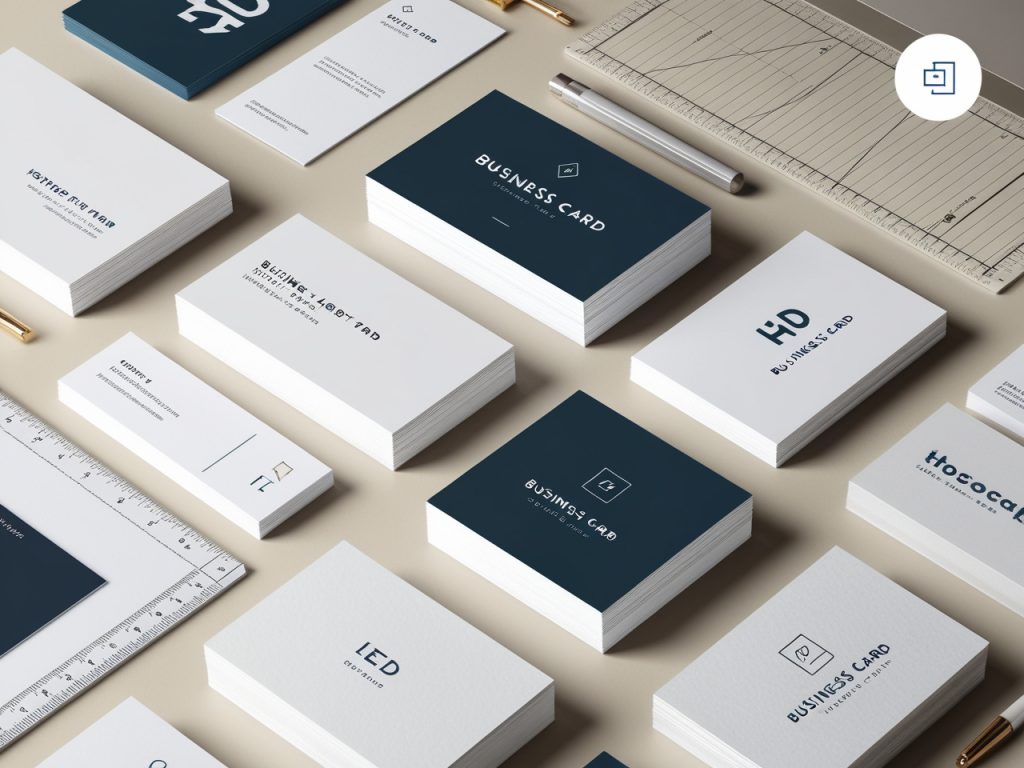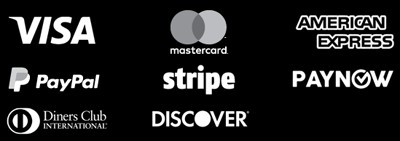- 1. Keep Your Layout Simple and Clean
- 2. Include Only Essential Information
- 3. Choose a Professional Typography
- 4. Incorporate Your Brand’s Color Scheme
- 5. Make Use of High-Quality Materials and Finishes
- 6. Ensure High-Resolution for Your Logo and Images
- 7. Consider Both Sides of the Card
- 8. Proofread and Double-Check for Errors
- 9. Print a Test Batch Before the Final Print Run
- Conclusion

Your business card is often the first impression you leave on potential clients, partners, or customers. A well-designed business card not only provides contact information but also reflects your brand’s identity and professionalism. To create a business card that stands out, you need to focus on elements such as layout, typography, color scheme, and the right balance of information. In this guide, we’ll walk you through the essential steps to designing a professional business card that effectively represents you and your business.
1. Keep Your Layout Simple and Clean #
When it comes to business card design, less is often more. A clean, uncluttered layout allows the key information to stand out without overwhelming the recipient. Here are some layout tips:
- Balance Your Design: Make sure to balance the placement of text, logos, and any additional graphics. Too much information crammed into a small space can make the card look messy. Use negative space to give your design breathing room.
- Use Grid Lines: Use a grid layout to align text and images, ensuring consistency and professionalism in your design. This helps maintain symmetry and makes your card visually appealing.
- Standard Business Card Size: The standard size for business cards is 90mm x 55mm (or 3.5″ x 2″). Keeping within these dimensions ensures your card will fit into most cardholders and wallets.
2. Include Only Essential Information #
Your business card should provide just enough information to leave a strong impression and enable follow-up contact. Avoid overloading the card with unnecessary details. Focus on the essentials:
- Name and Job Title: Always include your full name and job title to provide context for who you are and what you do.
- Company Name and Logo: Your company name should be clearly visible, along with your company’s logo. The logo is a visual representation of your brand, so make sure it’s easy to recognize.
- Contact Information: Include your primary contact details such as phone number, email address, and website URL. If applicable, add your social media handles (LinkedIn, Twitter, etc.) but only if they are professionally relevant.
- Optional: Physical Address: Include your business address if you have a physical location or office, but this isn’t always necessary for all industries.
Pro Tip: Avoid overloading your business card with too much information. Stick to key details that will be most useful to the recipient.
3. Choose a Professional Typography #
Typography plays a key role in conveying the professionalism and personality of your business. The font you choose should be clear, legible, and aligned with your brand identity. Here’s what to keep in mind:
- Use a Readable Font Size: Ensure that all text is easy to read by choosing a font size of at least 8 pt for the smallest text. Headings or your name can be slightly larger (10-12 pt), while the company name or logo can be more prominent (14-16 pt).
- Stick to 1-2 Fonts: Keep the font choices minimal to maintain consistency. Using more than two different fonts can make the card look disorganized. Many professional designs use one font for the name and job title and a different font for the company name and contact details.
- Serif vs. Sans Serif Fonts: Serif fonts (e.g., Times New Roman) give a classic, formal look, while sans-serif fonts (e.g., Helvetica, Arial) appear more modern and clean. Choose the font style that best matches your brand’s personality.
4. Incorporate Your Brand’s Color Scheme #
Your business card should reflect your brand’s color scheme to maintain consistency across all marketing materials. When selecting colors for your business card:
- Use Your Brand Colors: Stick to the color palette associated with your company’s branding, including the logo. This ensures that your business card is aligned with other branding elements like your website and social media.
- Keep Contrast in Mind: Make sure there is enough contrast between the background and text to keep everything legible. For example, dark text on a light background or white text on a dark background creates a professional and easy-to-read card.
- Avoid Overuse of Bright Colors: While bright colors can draw attention, using too many bold hues can make the card appear unprofessional. Use accent colors sparingly to highlight important information, such as your name or website.
5. Make Use of High-Quality Materials and Finishes #
The paper stock and finishes you choose for your business card can elevate its overall look and feel. High-quality materials convey professionalism and leave a lasting impression.
- Paper Stock: Choose thicker cardstock (300-350 GSM) for durability and a premium feel. This prevents the card from bending or tearing easily.
- Finishes: Consider finishes like matte, gloss, or spot UV to enhance the look of your card. Matte finishes give a smooth, sophisticated look, while gloss finishes provide a shiny, reflective surface that makes colors pop.
- Textured or Specialty Paper: If you want to stand out, you can use textured paper or specialty card stocks like linen, cotton, or recycled materials. These add a tactile dimension to your card that can make it memorable.
- Rounded Corners or Die-Cut: Opt for custom shapes or rounded corners to give your business card a unique touch without compromising professionalism.
6. Ensure High-Resolution for Your Logo and Images #
Blurry or pixelated images can ruin the appearance of your business card and make it seem unprofessional. To ensure high-quality printing, follow these guidelines:
- Resolution: Make sure your logo and any images on the card are at least 300 DPI (dots per inch) to avoid any pixelation or blurriness when printed.
- File Format: Use vector file formats (e.g., AI, EPS, or PDF) for your logo to maintain crisp, clean lines. This allows your logo to scale without losing quality.
7. Consider Both Sides of the Card #
While one side of the card is traditionally used for contact details, don’t overlook the potential of the back side. The reverse side can serve multiple purposes, such as:
- Brand Message or Tagline: Use the back of the card to include a memorable tagline or message that communicates your business’s value.
- QR Code: Include a QR code that links directly to your website, portfolio, or contact form. This adds a modern touch and makes it easy for clients to connect with you digitally.
- Alternate Design Elements: You can also leave the back of the card blank or use it for simple, clean designs, such as a pattern that aligns with your brand’s visual identity.
8. Proofread and Double-Check for Errors #
Before finalizing your business card design, proofread all the text to ensure there are no typos, incorrect contact details, or formatting issues. A mistake on your business card can hurt your credibility, so take the time to review every element carefully.
9. Print a Test Batch Before the Final Print Run #
It’s always a good idea to print a small test batch of your business cards to see how they look in person. Sometimes colors and layouts may look different on-screen compared to print. Check how the design translates to the physical card and make any necessary adjustments before committing to a large print run.
Conclusion #
Designing a professional business card involves a combination of good design principles, brand consistency, and high-quality materials. By following the tips outlined above—such as maintaining a clean layout, using legible fonts, sticking to your brand’s colors, and choosing premium finishes—you can create a business card that leaves a lasting impression. Whether you’re networking at events or meeting with clients, a well-designed business card reflects the professionalism of you and your brand.
You can find free business card templates on Freepik.
Learn more about the different printing methods in this comprehensive guide.





